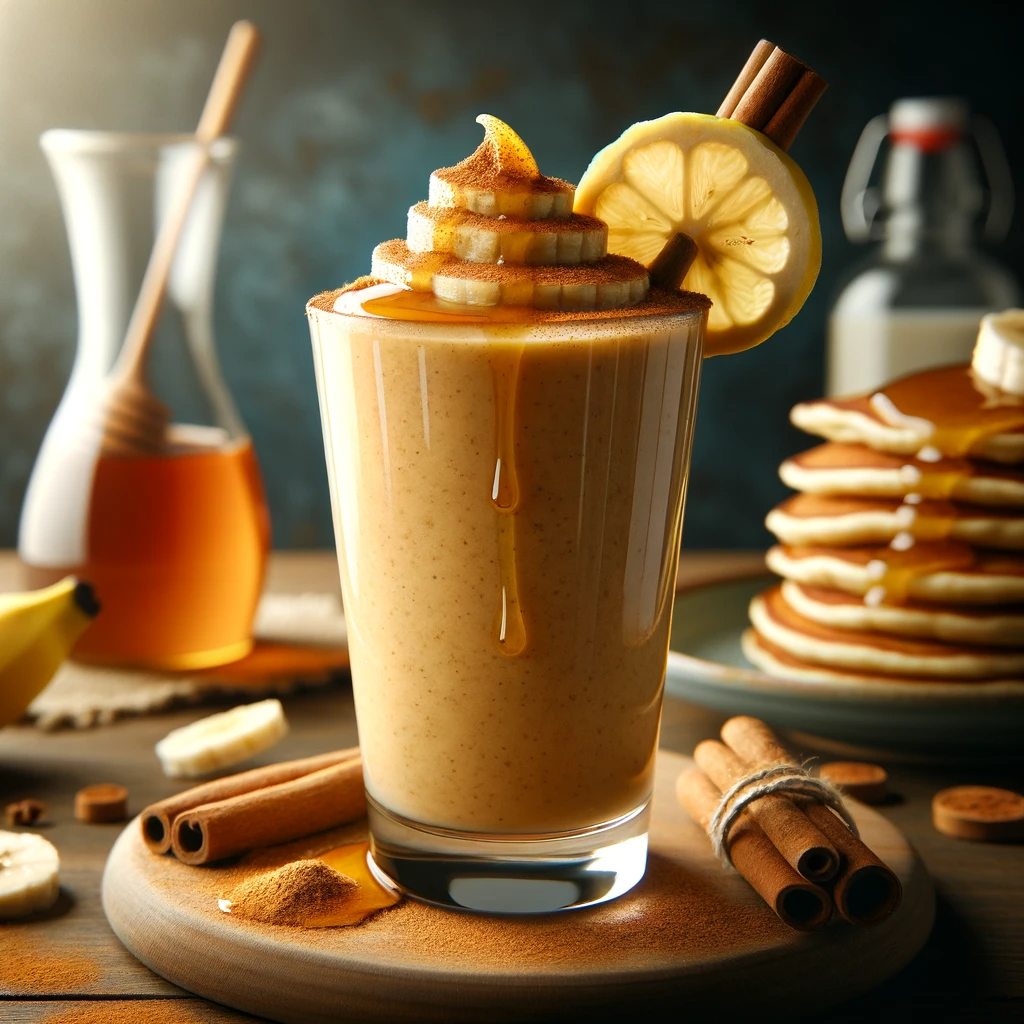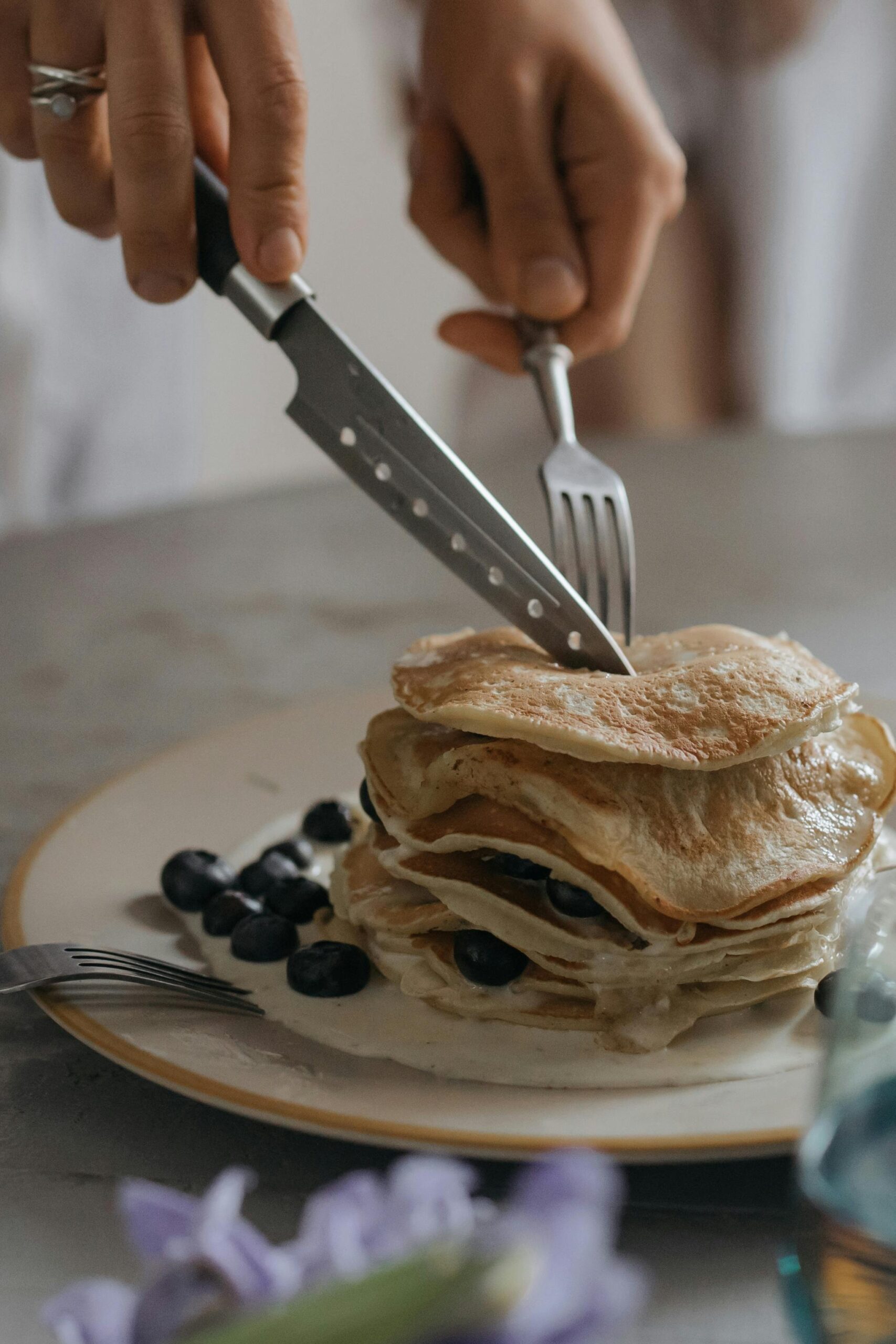Here’s a smoothie inspired by the traditions of Shrove Tuesday. The smoothie in the tall glass has a creamy texture and a warm, inviting color, a result of blending pancake mix, milk, banana, and a hint of cinnamon. It’s sweetened with maple syrup, which adds a golden hue, and has a slight tang from the lemon juice. Topped with a sprinkle of cinnamon and a lemon twist as garnish, the smoothie captures the essence of Shrove Tuesday pancakes.
Pasteurizing Eggs
Pasteurizing eggs at home is a process where you heat the eggs to a specific temperature for a certain amount of time to destroy harmful bacteria like Salmonella, without cooking the egg. Here’s how you can pasteurize eggs at home using a water bath method:
Equipment Needed:
- A digital food thermometer (for accuracy)
- A saucepan
- A slotted spoon or tongs
Steps:
- Preparation:
- Start with fresh eggs that have no cracks.
- Fill a saucepan with enough water to cover the eggs.
- Heating the Water:
- Heat the water to 140°F (60°C). Use the digital thermometer to check the temperature. It’s crucial to maintain this temperature: too high, and the eggs will start to cook; too low, and the bacteria won’t be destroyed.
- Adding the Eggs:
- Gently place the eggs in the water using a slotted spoon or tongs.
- Make sure the eggs are fully submerged.
- Pasteurization Process:
- Keep the eggs in the water at 140°F (60°C) for about 3 to 5 minutes for medium-sized eggs. Large or extra-large eggs may require a minute or two longer.
- Monitor the water temperature closely during this process and adjust the heat as necessary to maintain the correct temperature.
- Cooling the Eggs:
- After the required time, remove the eggs from the hot water.
- Immediately place them in a bowl of ice water to stop the cooking process. Let them cool down for about 10 minutes.
- Storing the Eggs:
- Once cooled, dry the eggs and store them in the refrigerator.
- Mark the eggs as pasteurized so you can differentiate them from unpasteurized ones.
Safety Notes:
- It’s important to use a thermometer for accuracy.
- Pasteurized eggs should be used in recipes where they are not cooked or are only lightly cooked.
- Even pasteurized eggs carry some risk if consumed by people with compromised immune systems, the elderly, pregnant women, and young children.
This method is effective for reducing the risk of foodborne illness, particularly in recipes that call for raw or lightly cooked eggs. However, it’s not 100% foolproof, so always use the freshest eggs possible and handle them with care.






